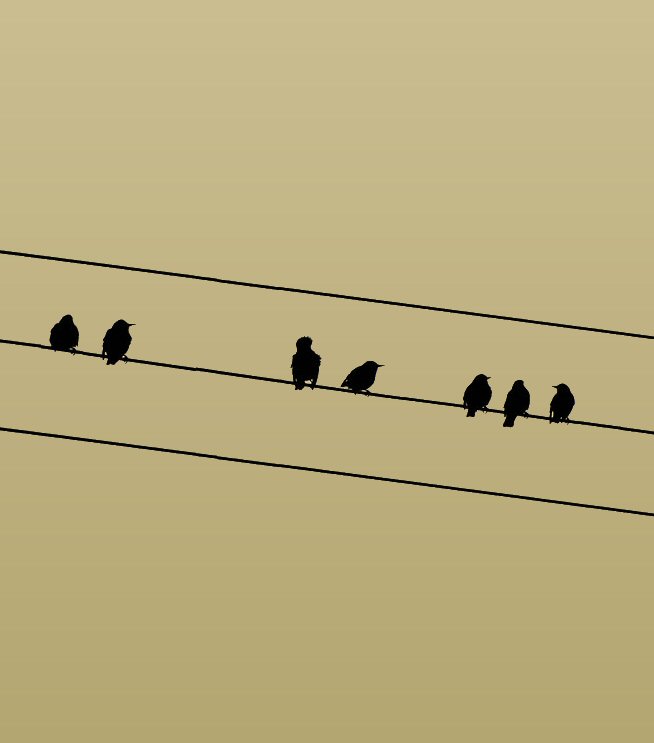My daughter and I share a special number - 823. We text it to eachother when the clock says 8:23 or leave a little note with it there. We also share other instances of the number that we come accross. I sent these photos to her recently:


It's a nice way to let each other know that we are thinking about one another. Lately, I was wondering what 823 looked like in other bases besides decimal(10) and binary(2). So I wrote a recursive javascript function called convert to do the job. The user can enter a decimal number and new base to see the equivelant value with the new radix.
<!DOCTYPE HTML>
<html>
<script>
function doit(){
var decimal = parseInt(document.getElementById('decimal').value);
var newBase = parseInt(document.getElementById('newBase').value);
var output = document.getElementById('output');
if(newBase > 1 && newBase <10)
output.innerHTML = convert(decimal, newBase);
}
function convert(quotient, base){
if(quotient > 0){
var remainder = quotient % base;
return convert(parseInt(quotient / base), base) + remainder.toString();
}
return '';
}
</script>
<body>
Decimal: <input type="text" id="decimal">
New Base: <input type="text" id="newBase">
<button type="button" label="doit" onclick="doit();">do it</button>
<div id="output"></div>
</body>
</html>And here is the result. You can enter a decimal number and a base between 2 and 9 inclusively.Decimal: New Base:
